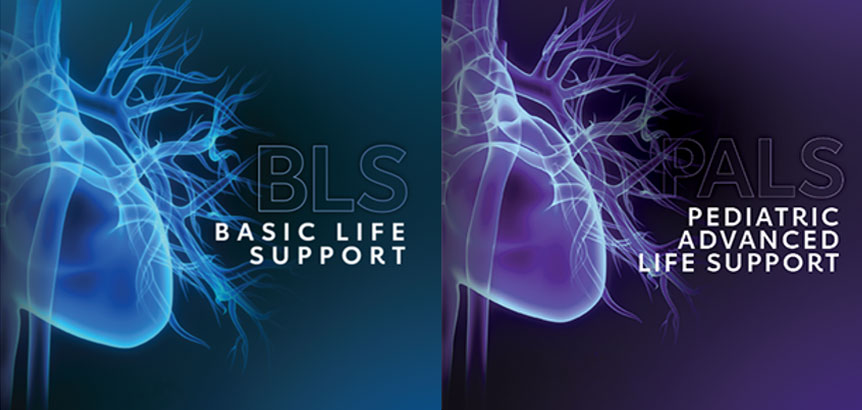
The American Heart Association (AHA) is offering Basic Life Support (BLS) and Pediatric Advanced Life Support (PALS) courses in Bengaluru. The AHA’s BLS course trains participants to promptly recognize several life-threatening emergencies, give high-quality chest compressions, deliver appropriate ventilations and provide early use of an AED. Reflects science and education from the American Heart Association Guidelines Update for CPR and Emergency Cardiovascular Care (ECC) based on the latest guidelines.
BLS is the foundation for saving lives after cardiac arrest. The AHA’s BLS Course has been updated to reflect new science in the 2020 American Heart Association Guidelines Update for CPR and Emergency Cardiovascular Care. This video-based, Instructor-led course teaches both single-rescuer and team basic life support skills for application in both in-facility and prehospital settings.
The AHA’s PALS Course has been updated to reflect new science in the 2020 AHA Guidelines Update for CPR and ECC. This classroom, Instructor-led course uses a series of videos and simulated pediatric emergencies to reinforce the important concepts of a systematic approach to pediatric assessment, basic life support, PALS treatment algorithms, effective resuscitation, and team dynamics. The goal of the PALS Course is to improve the quality of care provided to seriously ill or injured children, resulting in improved outcomes.
The PALS Provider Course aims to improve outcomes for pediatric patients by preparing healthcare providers to effectively recognize and intervene in patients with respiratory emergencies, shock, and cardiopulmonary arrest by using high‐performance team dynamics and high‐quality individual skills. The course includes a series of case scenario practices with simulations that reinforce important concepts.
The course is scheduled as follows:
Day 1: BLS
Day 2-3: PALS
American Heart Association BLS and PALS courses completion card, valid for 2 years